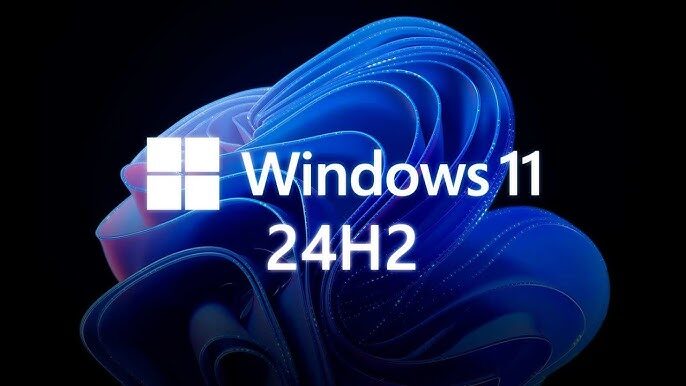The Windows 11 24H2 update, introduces a significant change in how the operating system is updated. This update employs the “OS swap” method, a departure from the traditional servicing technology used in previous updates. Let’s explore what this means and its implications for users and IT professionals.
Key Features of the 24H2 Update
- AI Enhancements: The update brings new AI-driven features that enhance user experience and productivity. These include improved Windows Search, generative fill and erase in Paint, and super resolution in Photos
- Security Improvements: Enhanced security features such as Local Security Authority (LSA) protection, Personal Data Encryption (PDE), and improved Windows Local Administrator Password Solution (LAPS) policies are included
- Performance Boosts: The update introduces support for Wi-Fi 7, Bluetooth LE audio, and energy-saving features to extend battery life
What is the OS Swap Method?
The OS swap method involves replacing the entire operating system with a newer version, rather than applying incremental updates. This approach ensures that all the foundational elements required for new features and enhancements are fully integrated into the system
Why the Change?
The shift to the OS swap method for the 24H2 update is driven by the need to support new, transformative features and improvements that cannot be delivered through incremental updates alone. This includes advancements in AI capabilities, enhanced security measures, and performance optimizations
Pros of the OS Swap Method
- Comprehensive Integration: By replacing the entire OS, the update ensures that all new features and improvements are seamlessly integrated, providing a more stable and cohesive user experience
- Enhanced Performance: The OS swap method allows for deeper optimizations and performance enhancements that are not possible with incremental updates
- Future-Proofing: This method prepares the system for future updates and features, ensuring compatibility and readiness for upcoming innovations
Cons of the OS Swap Method
- Longer Update Process: Replacing the entire OS can be more time-consuming compared to incremental updates, requiring more downtime for installationhttps://techcommunity.microsoft.com/t5/windows-it-pro-blog/windows-11-version-24h2-what-s-new-for-it-pros/ba-p/4259108.
- Compatibility Checks: Devices must be running specific versions of Windows 11 (22H2 or 23H2 with the May 2024 non-security preview update) to be eligible for the 24H2 updatehttps://techcommunity.microsoft.com/t5/windows-it-pro-blog/windows-11-version-24h2-what-s-new-for-it-pros/ba-p/4259108.
- Potential for Issues: As with any major update, there is a risk of encountering compatibility issues with existing applications and hardware
The OS swap method for the Windows 11 24H2 update marks a significant shift in how Microsoft delivers major updates. While it offers numerous benefits in terms of integration, performance, and future-proofing, it also presents challenges such as longer update times and potential compatibility issues. As always, it’s essential for users and IT professionals to prepare adequately and ensure their systems meet the necessary requirements before proceeding with the update.
You can watch the complete video of the Windows 11, version 24H2 below.


Leave a Reply